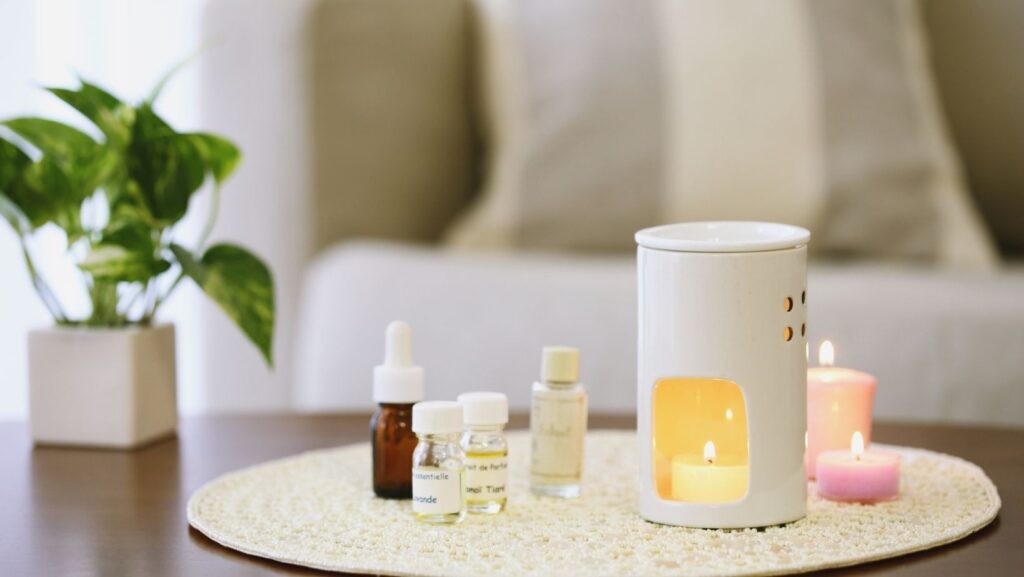Has it seemed like your last grocery bill was a tad pricier than the previous one? Well, you aren’t alone—just about every price tag’s going up.
Between the tariffs and supply chain issues, the cost of household essentials has risen in the past couple of years. According to the latest data from the Bureau of Labor Statistics, food prices have gone up 17.8% since 2022. Meanwhile, after enjoying a two-year decline, the cost of hardware and household supplies has gone up 12.2% since 2022.
Complaining about it is understandable, but it won’t help much in bringing grocery prices down. Instead, you’ll need to get creative with your purchases, such as substituting your usual picks with eco-friendly essentials. While not all of these may result in savings, these practical changes may make a huge difference in leading a sustainable life.
Bamboo Toilet Paper
Toilet paper promotes hygiene as much as it poses an environmental dilemma. While a vast improvement over leaves, stones, and—get this—dried corn cobs (minus the kernels), toilet paper is a product of wood pulp. Three guesses as to where wood pulp comes from.
In a 2022 study by an Australia-based consultancy, the U.S. used toilet paper equivalent to roughly 66 million trees that year. That many trees felled yield a clearing slightly larger than Manhattan. Their loss also means the Earth doesn’t capture greenhouse gases equivalent to the electricity consumption of over 3.5 million American homes in a year.
Whether due to public pressure or corporate responsibility, toilet paper manufacturers have shifted to sustainable materials like wood from tree farms (or recycled materials like paper). However, this doesn’t change the fact that trees have to be cut down, not to mention that trees don’t grow overnight.
Enter bamboo, a plant well-known for its insanely fast growth. Depending on the variety, it can grow up to three feet within 24 hours of planting and reach up to 150 feet at its highest. Even if some are cut down for toilet paper or bamboo dish brushes, these natural resources can be replenished quickly.
Although bamboo toilet paper may still be pricier than some conventional brands, it makes up for this in best practices like sourcing bamboo from FSC-certified sources, chemical-free processes, and plastic-free packaging. Every roll bought by every man, woman, and child in the U.S. can spare tens of millions of trees from the chainsaw.
Bleach Alternatives
Bleach is undoubtedly a staple of a household’s cleaning basket, alongside rubber gloves and brushes. It has a wide range of uses, from disinfecting surfaces to killing weeds in the cracks. You wouldn’t want to be caught without one at home.
However, its potency comes with its fair share of risks. According to medical experts, low-level exposure (up to 15 parts per million) can result in eye, nose, and throat irritation. At high levels (over 30 parts per million), however, it can cause breathing difficulties, muscle weakness, or rupture of the esophagus.

Inhaling or ingesting bleach isn’t even the worst part; that honor goes to mixing bleach with other household cleaners. Mixing with ammonia results in chloramine gas, which has been responsible for 26 deaths between 2015 and 2022. Meanwhile, mixing with acid produces chlorine gas—the same gas that killed soldiers in World War I.
If all cleaning agents have to be stored in one place, consider looking for safer alternatives to bleach. An example is hydrogen peroxide, which breaks down into non-toxic oxygen and water over time. However, it’s still dangerous in high amounts, so always dilute enough in water for cleaning and disinfecting.
Baking soda is another excellent substitute for bleach. Like bleach, it has a wide range of uses, from deodorizing trash bins to making stainless steel shiny again. However, mixing with other agents may reduce its effectiveness or result in a dangerous chemical reaction.
The good news is that baking soda is also used as a food additive. It can be stored along with food and other sustainable cooking ingredients, given it’s inside an airtight container to keep it from absorbing moisture in the air.
Non-Plastic Food Containers
Not a day goes by without seeing or using reusable or disposable plastics, whether in the form of grocery packaging or bottled water. It’s hard to deny just how versatile the material is, and it could’ve been so much more with proper design and management.
Sadly, around 90% of plastic waste ends up in a landfill, is mismanaged, or is incinerated (according to OECD data). This doesn’t include the 0.5% that ends up in the ocean, where it poses a risk to marine life. That figure may seem tiny, but you wouldn’t want to imagine, let alone see, a turtle being strangled by a plastic six-pack ring.
Although it’s impossible to eliminate plastic from one’s life for now, a good start is to swap out plastic food containers for plastic-free ones. Glass containers often come to mind first, as unlike plastic, they:
- Don’t leech harmful chemicals when microwaved
- Don’t absorb flavors or odors from the last food
- Can last longer thanks to their rigid construction
- Come with airtight lids to keep food fresh and prevent spills
- Are reusable products, provided they’re cleaned properly

The same applies to stainless steel containers, with the exception of being microwaveable (unless you want to see sparks fly). Nevertheless, stainless steel is lighter than glass and is made to resist impacts. Dropping the container from your hands won’t break it, though it may make a loud clang.
Try These Swaps Today
The solution to a costly grocery bill may be to simply change some items on your list. Try these eco-friendly products first to determine if the savings are worth it. More importantly, keep in mind that cheap doesn’t always mean cost-effective.
Bob Duncan is the lead writer and partner on ConversationsWithBianca.com. A passionate parent, he’s always excited to dive into the conversation about anything from parenting, food & drink, travel, to gifts & more!
